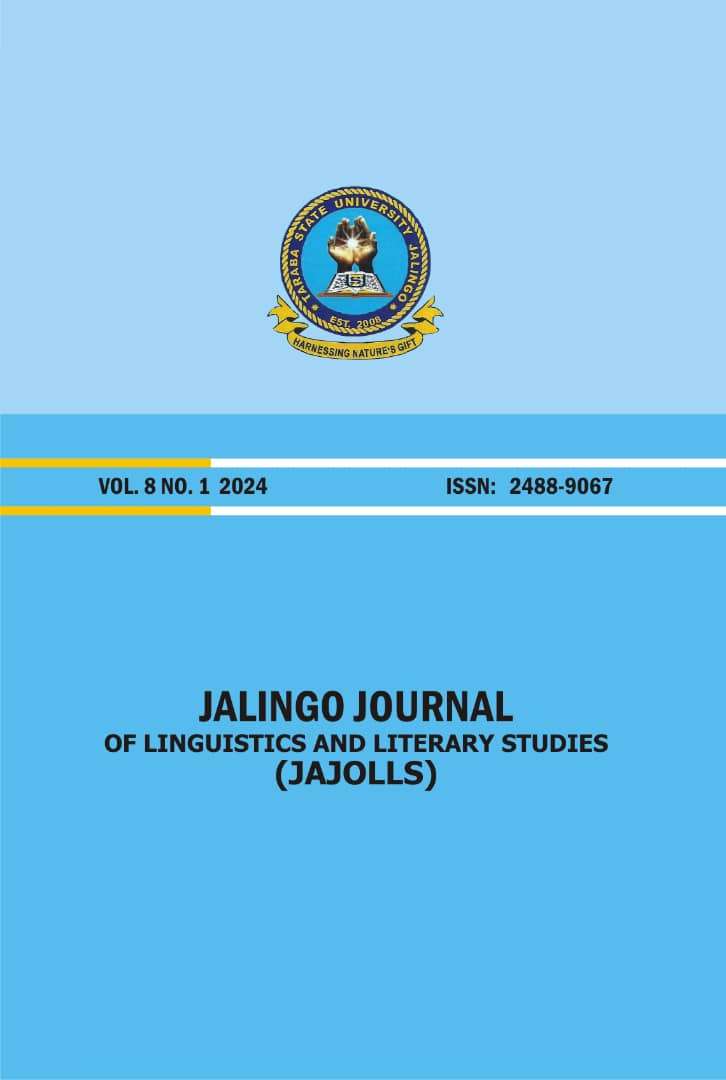Semiotic Analysis of the Effectiveness of Visuals in Climate Change posters
Keywords:
Semiotic Analysis, Climate Change, Posters, ImagesAbstract
This study, titled ―Semiotic Analysis of the Effectiveness of Visuals in Climate Change Posters,‖ examines Greenpeace's climate change posters from the 2022 and 2023 series through a semiotic lens, addressing a gap in current literature. The research aims to evaluate how these visuals communicate complex climate issues by identifying and analyzing both iconic and symbolic semiotics. Iconic semiotics refer to images that closely resemble the objects they represent, while symbolic semiotics involve signs whose meanings are derived from cultural and contextual associations.Data for the study were collected from online sources by sourcing relevant Greenpeace campaign posters. The analysis employs Barthes‘ semiotic theory, which dissects meaning into three levels: the denotative, capturing the literal aspects of the images; the connotative, reflecting the associated mental concepts; and the mythological, which situates these meanings within historical and cultural contexts. Findings indicate that the integration of iconic imagery and symbolic textual elements in the posters significantly enhances the clarity and impact of the climate change messages. The interplay between these semiotic elements not only increases audience engagement but also ensures the messages resonate across diverse cultural settings. This research contributes to the fields of linguistics and semiotics by providing a robust framework for understanding the role of visuals in constructing meaning and conveying the same in environmental communication and advocacy.

